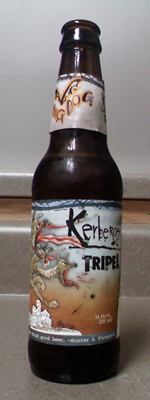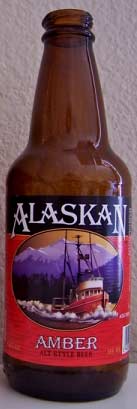When I first started to learn about beer and beer styles, two styles always confused me: the Pale Ale, sometimes called American Pale Ale (abbreviated APA), and an India Pale Ale (IPA).
I shied away from these two types because I had been bitter-bitten before: beer bitterness appears to be an acquired taste, and if you step into an IPA before you’re ready, you may not try one again for a while.
First, let’s begin with a little history. Both pale ales and IPA’s started out in Europe, mainly in England. For pale ales, many English breweries from Burton on Trent became famous, most notably the Bass Brewery. These breweries became famous because the city’s water supply had many dissolved salts from the surrounding mountains, and allowed a higher proportion of hops to be added. Since hops are a natural preservative, this allowed the beer to stay fresh longer and it could be shipped further. This, combined with a type of malted barley called “pale malt” gave the beer its name and character.
Around the 18th century, a man by the name of George Hodgson, owner of Bow Brewery (also in the Burton on Trent area) created the world’s first India Pale Ale. The story is that the soldiers fighting in India wanted to quench their thirst with beer, but most beer couldn’t make the journey from England to India without spoiling. To preserve the beer, the brewery increased the amount of hops and alcohol. Because of this, there were very few spoilage organisms that could grow in such a harsh environment. The East India Trading Company delivered the beer to India, and the troops were “hoppy”.
Until the rise of porter in England, these beers were very popular.
Fast forward a few centuries to the growth of the U.S. craft beer revolution. In 1980, Ken Grossman founded the Sierra Nevada Brewing Company in Chico, California. One of his first recipes was an American Pale Ale using hops grown in the Pacific Northwest, known to have a strong citrus character. To this day, this recipe has made Sierra Nevada world renowned, and the Sierra Nevada Pale Ale continues to be one of the most popular APA’s available.
In terms of IPA’s, imagine an APA only stronger and more hoppy. Most IPA’s have more body, alcohol, and hop flavor and aroma than an APA. When creating IPA’s, most brewers tend to use high-strength hops for a lot of bitterness and strong hop flavor. One great example of an IPA is Sierra Nevada’s Torpedo IPA, but, currently, there are many IPA’s available.
Also, not to be outdone, several U.S. brewers continue to push the envelope and many have created Double IPA’s, with much more hops, body, and alcohol.
So which type is right for you? If you are just starting, you may want to ease into a nice Pale Ale. If you’ve tried a pale ale, and want even more hops, go ahead and try an IPA. Before you know it, you may end up being a person who enjoys highly-hopped beer, or a “hop head”.

